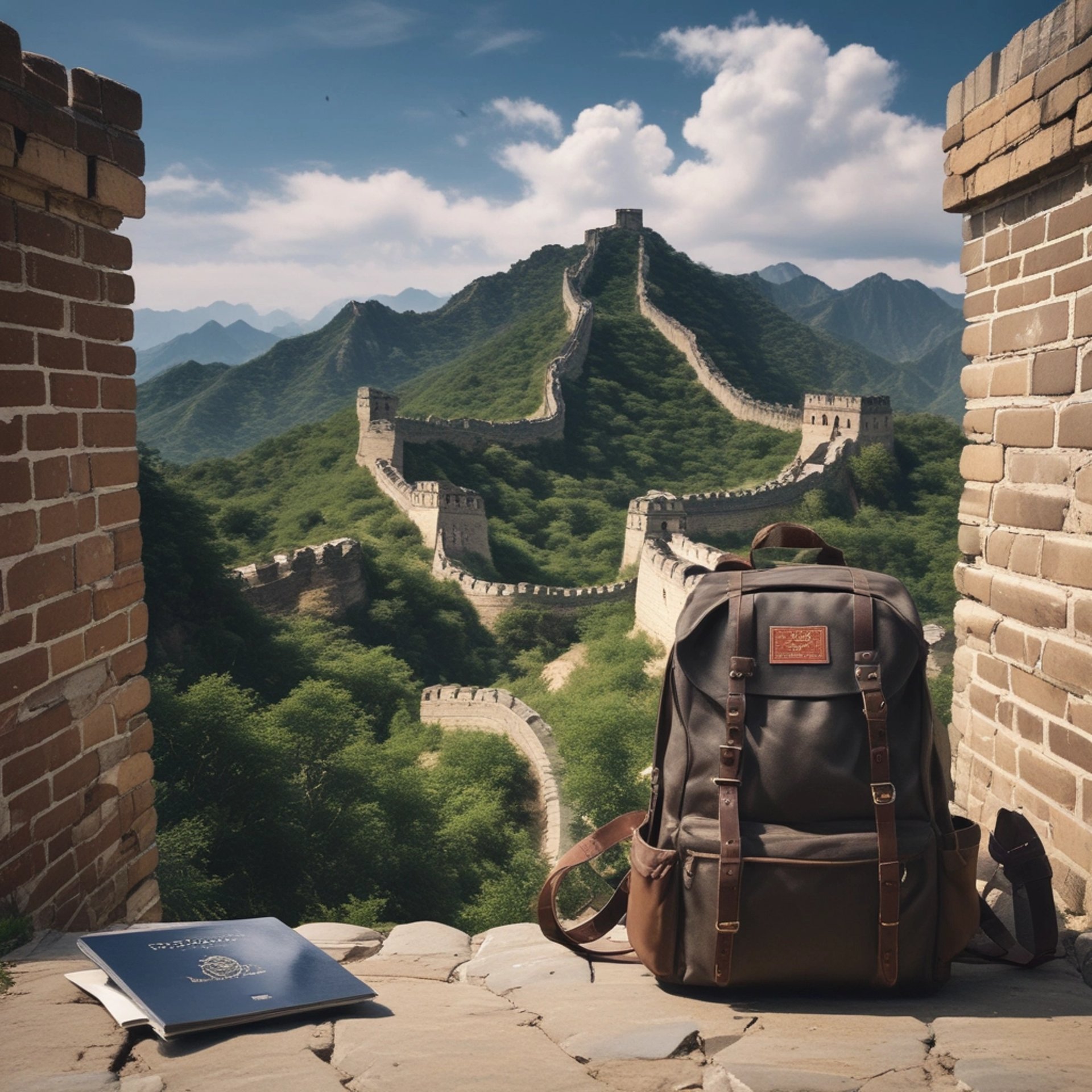
2 weeks China - the ultimate guide for your trip
Planning a trip to China can be overwhelming, we know... In this article, we'll give you an overview of things that should be on your bucketlist, and places you definitely shouldn't skip. So let's get started!
5/8/20241 min read
Stay tuned. Coming Soon!